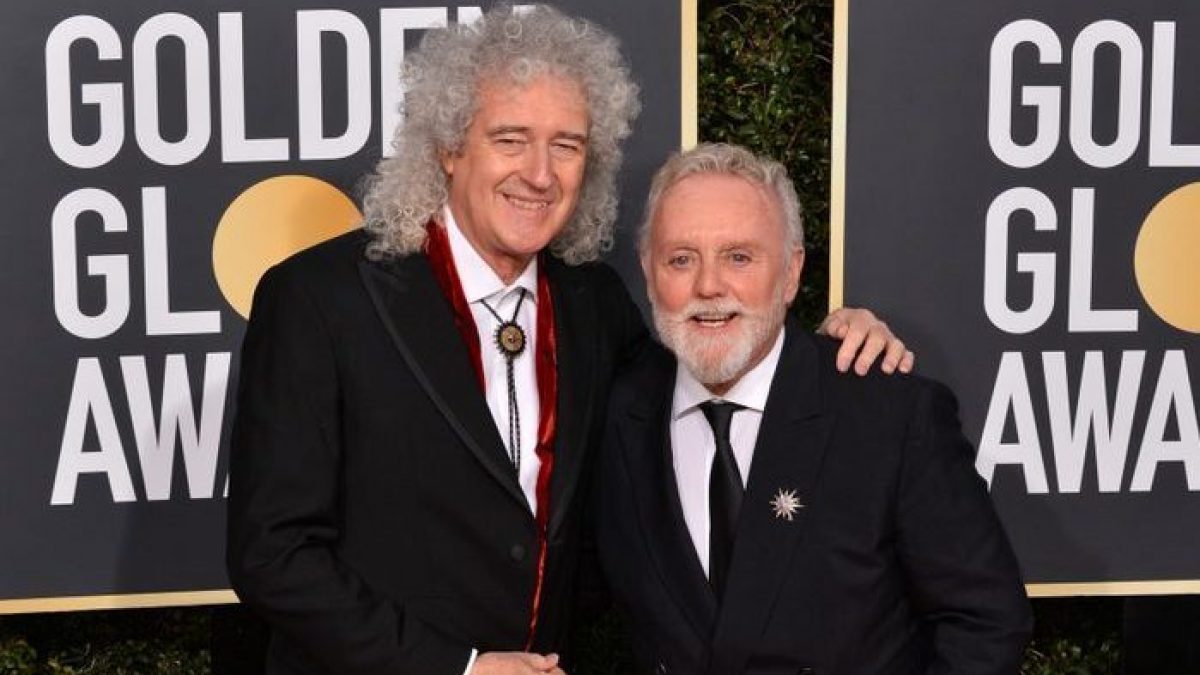
It's not the first time a world-famous band has decided to explore the wine industry, but when it comes to Queen, the operation takes on a different significance. After the launch of "Killer Queen" vodka in 2014, the group has begun the process of registering their coat of arms as a trademark in the alcoholic beverage category, including wine. It's the first step towards a project that combines the allure of the music brand with the ever-growing sector of celebrity wine.
The Weight of an Iconic Logo And The Unknowns
The Queen crest, designed by Freddie Mercury, is more than just a simple graphic logo: it encompasses the zodiac symbols of the band members and a phoenix atop a crown. Its visual power makes it perfect for a label, capable of transforming a bottle into a collector's item. The choice is no coincidence: in a market where packaging is crucial, the logo guarantees immediate recognition and a strong emotional value for fans.
Many details remain unclear. It's not yet known which winery Queen will collaborate with or in which wine-growing region the wine will be produced. The lack of information leaves room for several hypotheses: a structured red to evoke the band's power, a sparkling wine to celebrate the festive side of concerts, or an elegant white designed for a wider audience. Each choice will have a direct impact on the product's positioning and image.
One of the most interesting aspects is the declared desire not to reduce the project to pure merchandising: the risk of many similar ventures is that of offering anonymous wines with an eye-catching label, destined for one-off consumption or to end up on collectors' shelves. Queen instead seems to be aiming for direct control of image and quality, an approach that suggests a product designed to endure beyond its initial novelty.

Celebrity Wines, a Booming Market
The celebrity wine sector is booming: singers, actors, and athletes have already linked their names to wine labels, with mixed results. Some projects have found a balance between brand identity and winemaking substance, others have limited themselves to image-building operations. Queen starts from a privileged position: a global and cross-sectional audience, a strong visual identity, and a communication ability that has stood the test of time.
The distribution channel will also be crucial. A numbered limited edition could attract collectors, while a broader and more accessible range would make the wine a consumer product, ready to reach international markets. The launch is likely to take place first in the UK, with subsequent expansion to Europe, the US, and Asia, where Queen has a well-established fan base.
At the moment, Queen's wine is a work in progress: there are no official bottles or labels yet, but the groundwork is ready. Queen's music has spanned decades without losing its relevance; the challenge now is to understand whether the same longevity can also be applied to a wine project. Behind the registration of a trademark are strategic decisions that go beyond fan nostalgia: grape varieties, regions, collaborations, price positioning, and the actual quality of the wine. Only when these pieces are finalized will it be possible to determine whether the toast in honor of Queen will truly be worthy of their name.
;Resize,width=767;)
